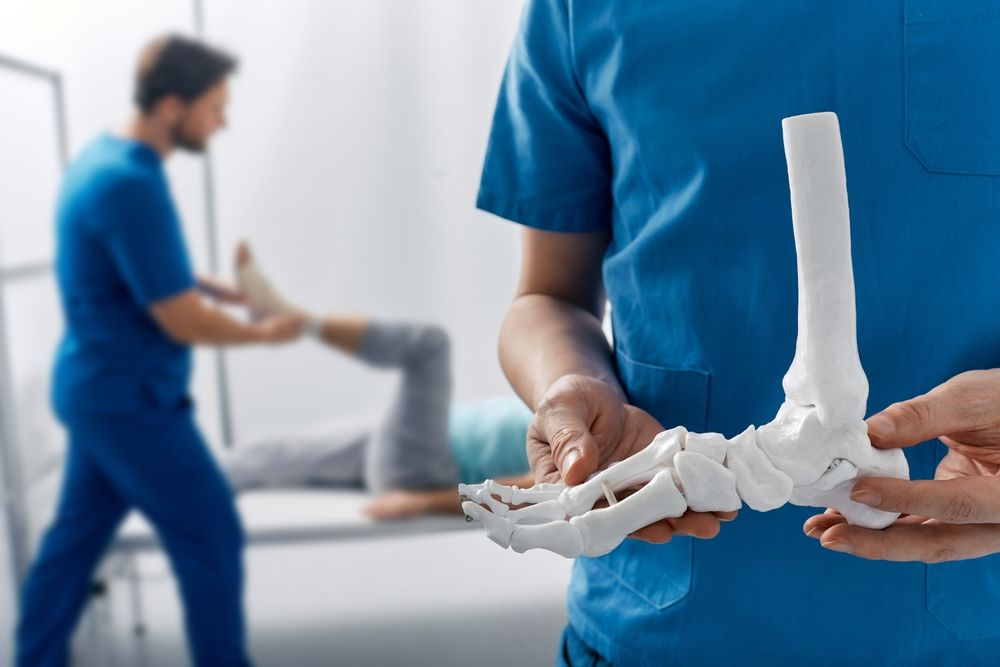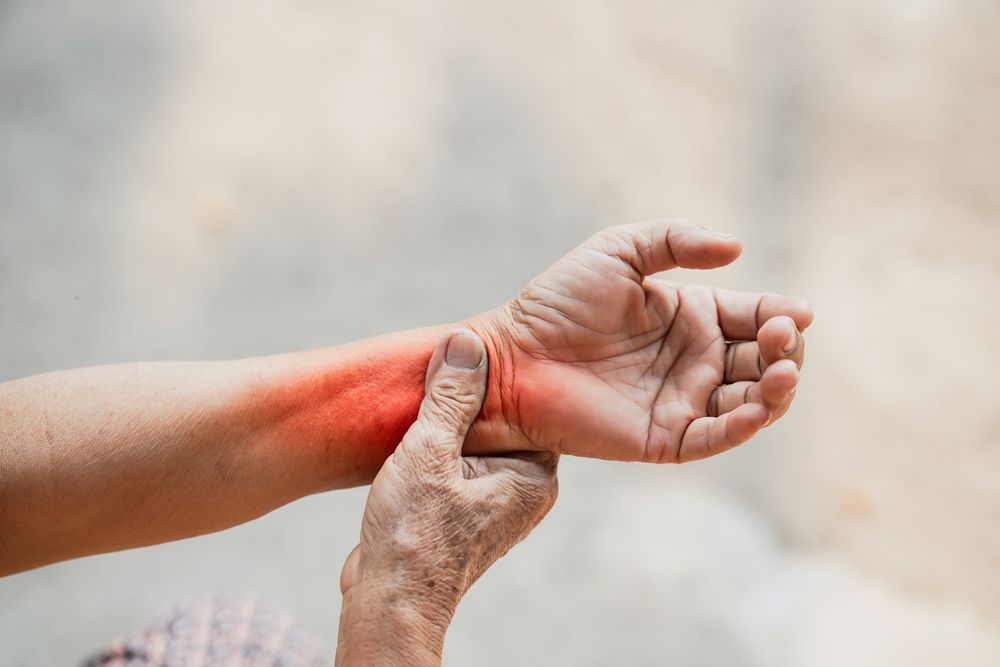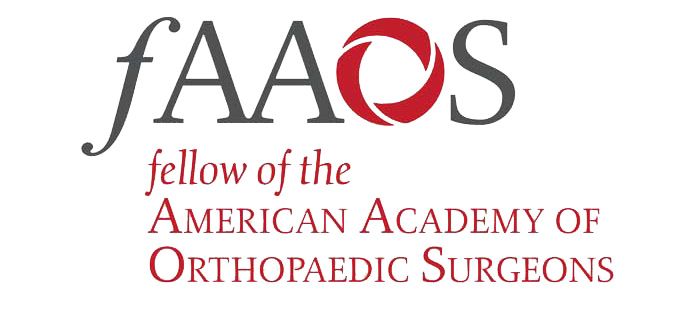Accidents and injuries can occur unexpectedly, often resulting in severe musculoskeletal damage. Orthopedic trauma surgery is a specialized field that addresses these critical situations, ensuring patients receive the best possible care. At Dearborn & Associates Institute for Joint Restoration, Dr. John Dearborn offers expert orthopedic trauma surgery services in Fremont and Menlo Park, CA. This blog will explore the essentials of orthopedic trauma surgery, common procedures, and recovery strategies.
Understanding Orthopedic Trauma Surgery
Orthopedic trauma surgery focuses on treating injuries to the bones, joints, and soft tissues caused by traumatic events. This specialty requires a deep understanding of musculoskeletal anatomy and the ability to perform complex surgeries. Fractures, dislocations, and severe soft tissue injuries are common types of trauma addressed in this field.
Types of Orthopedic Trauma
- Fractures: Broken bones, ranging from simple to complex fractures.
- Dislocations: Joints that have been forcefully displaced.
- Soft Tissue Injuries: Damage to muscles, ligaments, and tendons.
- Complex Trauma: Multiple injuries involving different body parts.
Common Orthopedic Trauma Procedures
Open reduction and internal fixation (ORIF) is a standard procedure where fractured bones are realigned and stabilized using plates, screws, or rods. External fixation involves the use of an external frame to stabilize fractures temporarily. Intramedullary nailing, often used for long bone fractures, involves inserting a rod into the marrow canal of a bone. Soft tissue repair includes suturing torn muscles, ligaments, or tendons and may involve grafts for reconstruction.
1. Open Reduction and Internal Fixation (ORIF)
- Realignment of fractured bones
- Fixation using plates, screws, or rods
2. External Fixation
- Stabilization of fractures with an external frame
- Temporary measure before definitive surgery
3. Intramedullary Nailing
- Insertion of a rod into the marrow canal of a bone
- Used for long bone fractures
4. Soft Tissue Repair
- Suturing torn muscles, ligaments, or tendons
- Reconstruction using grafts
When to Seek Orthopedic Trauma Care
Severe pain following an injury, visible deformity, inability to move the affected limb, and significant swelling or bruising are signs that immediate medical attention is needed. Prompt consultation with an orthopedic trauma specialist can prevent complications and ensure proper healing.
Immediate Steps After an Injury
In an injury, it is crucial to immobilize the affected area, apply ice to reduce swelling, and elevate the injured limb. Seeking medical attention promptly is essential for proper diagnosis and treatment.
Recovery and Rehabilitation
Recovery from orthopedic trauma surgery involves several key steps:
- Initial Healing: Bone and soft tissue healing following surgery.
- Physical Therapy: Regaining strength and mobility.
- Pain Management: Medication and other pain relief techniques.
- Lifestyle Modifications: Adjustments to daily activities to prevent re-injury.
Challenges in Orthopedic Trauma Surgery
Orthopedic trauma surgery often deals with complex injuries involving multiple fractures and soft tissue damage. There is a higher risk of infection due to open wounds, and delayed healing can occur in some cases, necessitating extensive rehabilitation for full recovery.
Innovations in Orthopedic Trauma Surgery
- 3D Printing: Customized implants and surgical guides.
- Biologics: Use of stem cells and growth factors to enhance healing.
- Robotic Surgery: Increased precision in complex procedures.
Advancements in Trauma Care
Orthopedic trauma surgery advances, providing patients with innovative solutions for complex injuries. Dr. John Dearborn at Dearborn & Associates Institute for Joint Restoration is dedicated to delivering top-tier trauma care in Fremont and Menlo Park, CA.
Sources:
- American Academy of Orthopaedic Surgeons (AAOS)
- Mayo Clinic
- National Institute of Arthritis and Musculoskeletal and Skin Diseases (NIAMS)











